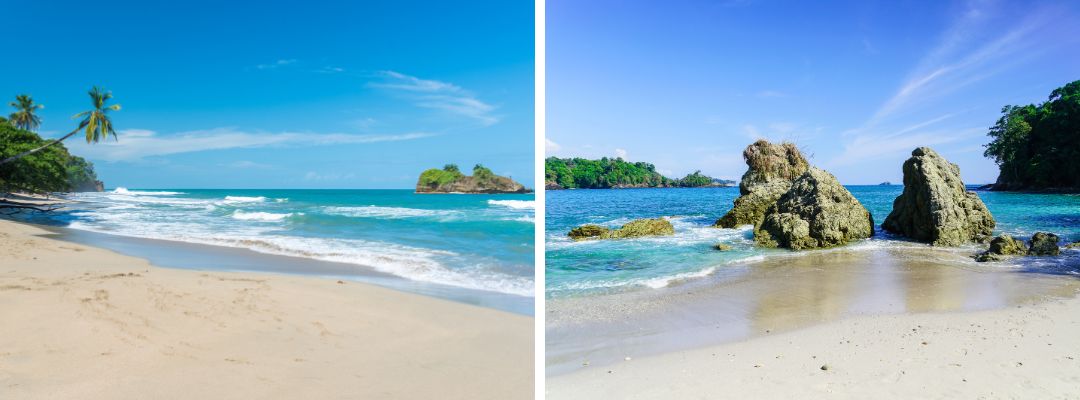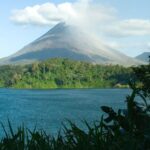
If you’re pondering the Pacific or Caribbean Coast in Costa Rica? Which is better for our vacation? This comprehensive guide will explore their differences and similarities to help you make an informed decision.

Costa Rica is renowned for its breathtaking diversity, where lush rainforests meet pristine beaches and vibrant cultures blend seamlessly with nature. Among its most captivating regions are the Pacific and Caribbean coasts in Costa Rica, each offering unique experiences for adventurers and nature lovers alike.
Geographic Features
Caribbean Coast: Spanning 132 miles (212 km), the Caribbean coast is characterized by lush rainforests, diverse ecosystems, and unique sandy beaches in colors like black, yellow, and gray.
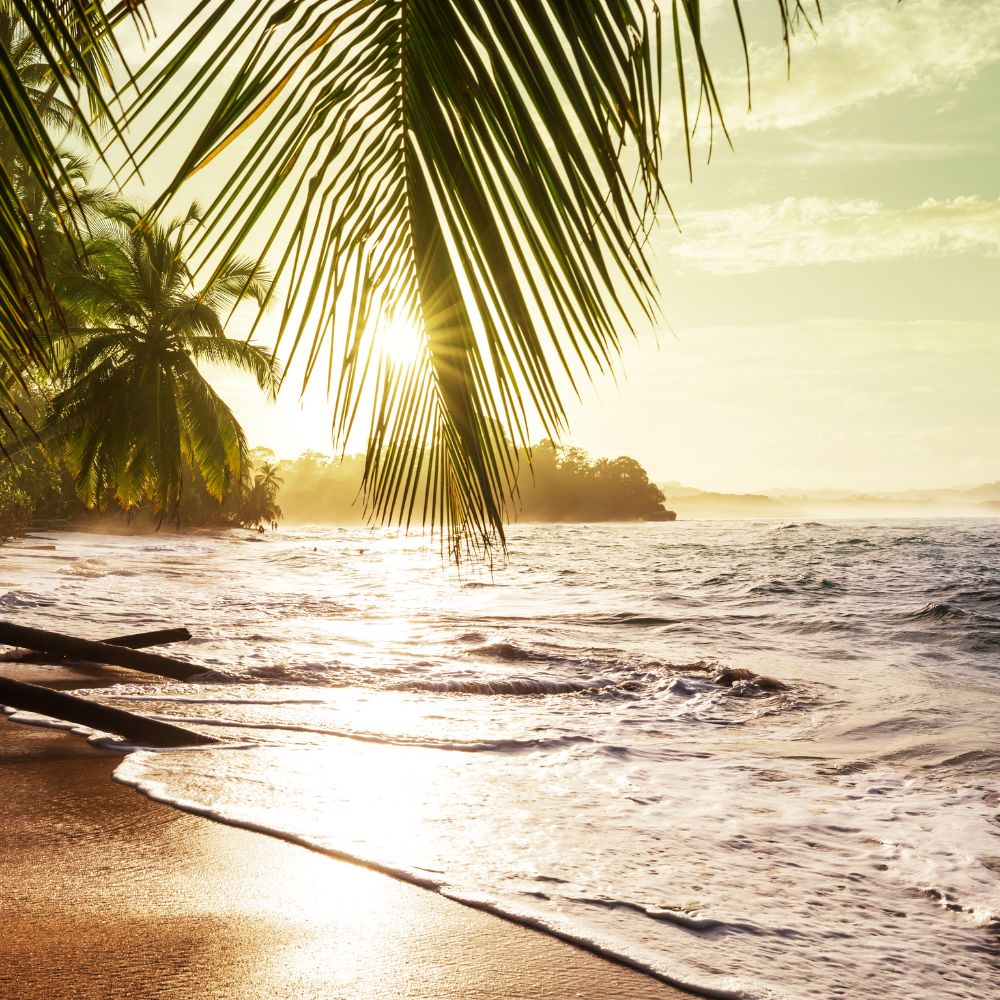
This vibrant landscape is home to numerous wildlife habitats and stunning natural reserves. The coastline features picturesque towns such as Puerto Viejo and Cahuita, where the laid-back atmosphere invites visitors to unwind and connect with nature. The Caribbean coast is known for its vibrant coral reefs, making it a popular destination for snorkeling and diving enthusiasts.
Pacific Coast: Extending over 780 miles (1,254 km), the Pacific Coast features extensive white sandy beaches and a drier climate.
The landscape ranges from tropical dry forests to low montane forests, offering a variety of ecological zones and stunning vistas.

Popular destinations like Tamarindo, Manuel Antonio, and Jacó are known for their vibrant nightlife, surf culture, and luxurious resorts. The Pacific coast is also home to several national parks, including Manuel Antonio and Corcovado, where visitors can experience Costa Rica’s rich biodiversity.
North Pacific
The North Pacific, encompassing areas like Guanacaste, is characterized by dry tropical forests. This region experiences a distinct dry season, making it a popular spot for sun-seekers and surfers.
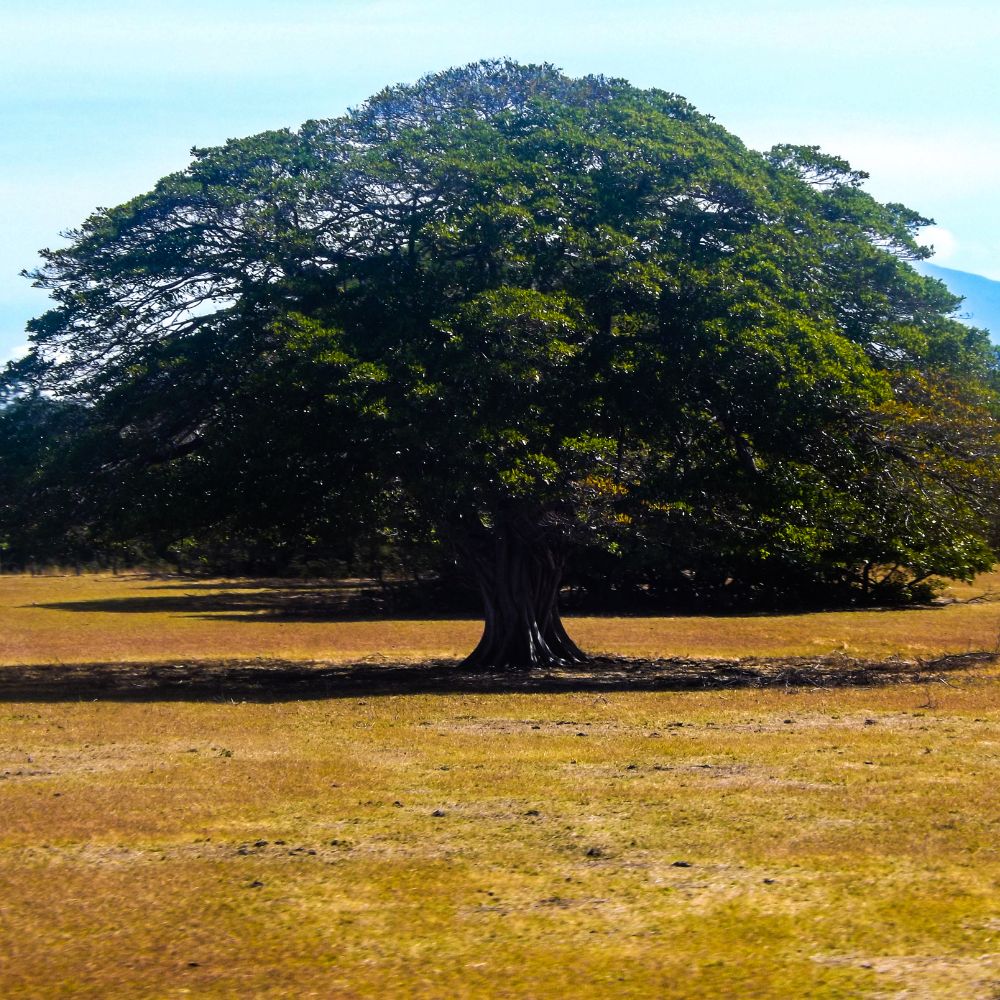
The beaches here, such as Playa Conchal and Playa Flamingo, are famous for their beautiful sunsets and clear waters. In addition to beach activities, the North Pacific offers numerous opportunities for adventure, including zip-lining, ATV tours, and horseback riding in the surrounding hills.
Central Pacific
The Central Pacific, featuring towns like Jacó and Manuel Antonio, has a mix of humid rainforest and coastal ecosystems. This area is rich in biodiversity and offers lush landscapes, making it a popular destination for eco-tourism and adventure activities.

Manuel Antonio National Park, in particular, is renowned for its stunning beaches, hiking trails, and abundant wildlife, including sloths, monkeys, and a variety of bird species. The Central Pacific is also known for its vibrant nightlife and dining options, making it a favorite among travelers seeking both relaxation and excitement.
Central-South Caribbean
The Central-South Caribbean, including areas like Puerto Viejo and Cahuita, is characterized by humid rainforests similar to those found on the Caribbean coast.
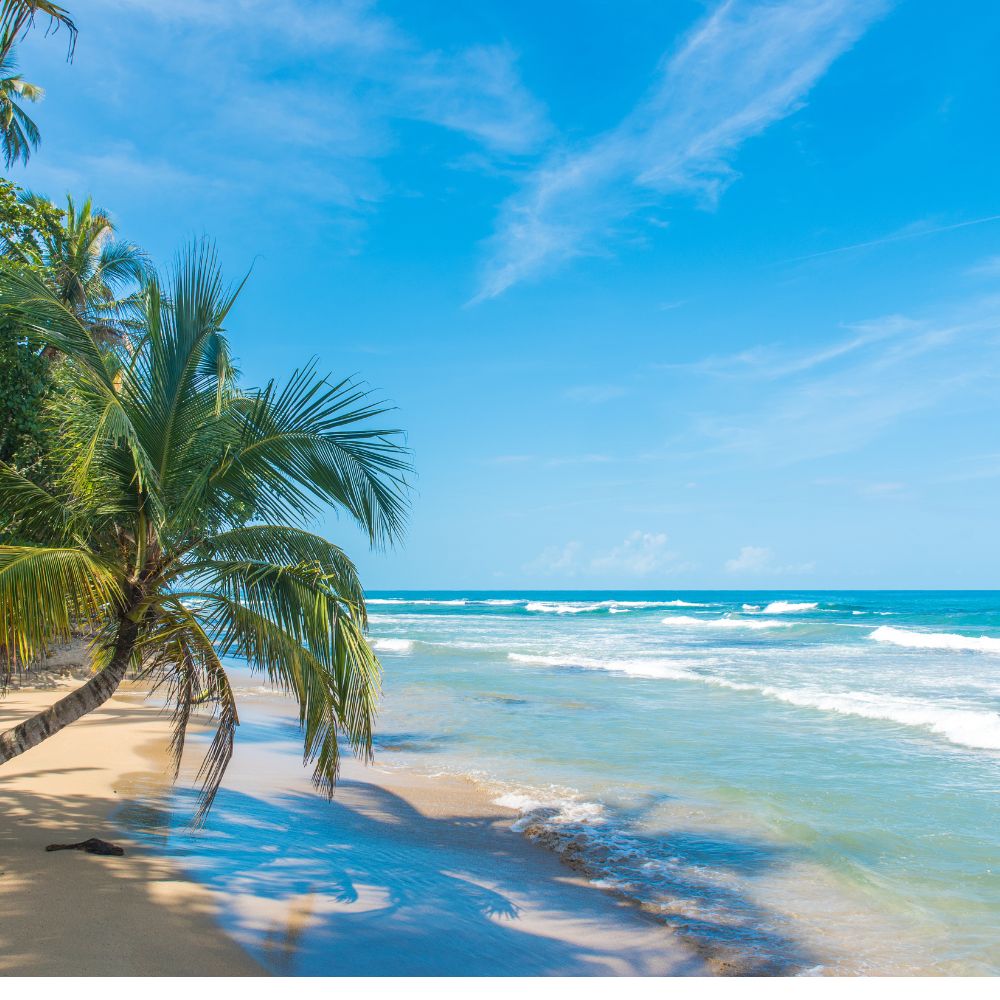
This region showcases vibrant Afro-Caribbean culture, exotic wildlife, and stunning beaches. The beaches here, such as Playa Cocles and Playa Chiquita, are perfect for relaxation and water sports, while the nearby Cahuita National Park offers opportunities for snorkeling and hiking through lush trails.
The Central-South Caribbean is also known for its unique culinary offerings, including fresh seafood and Caribbean-inspired dishes.
The Pacific or Caribbean Coast in Costa Rica? Are you into a cultural, laid-back, easy vibe, or leisure and luxury? Pouring rains or dry environments? Lusciousness all over or diverse ecosystems? These are some of the questions to ask yourselves when deciding where to go.
Cultural Influences
Caribbean Coast: Rich in Afro-Caribbean culture, this region showcases influences from various ethnic groups, including the Bribri and Cabécar. The local music blends calypso and reggae, creating a lively atmosphere that resonates throughout the towns.
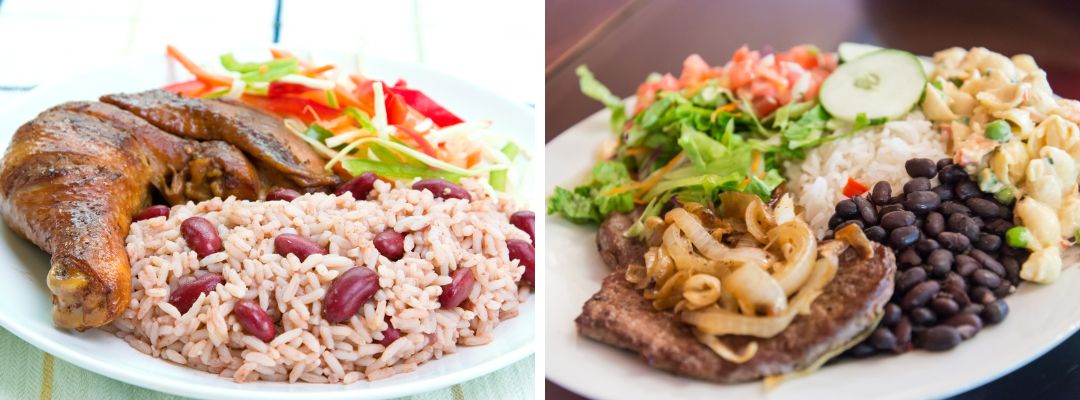
Cuisine in this region features dishes like rondón (a coconut milk stew) and patí (a savory pastry), reflecting the area’s unique heritage. As well as delicious coconut milk cooked rice and beans.
Festivals celebrating local culture, such as the Carnival in Limón, draw visitors eager to experience the vibrancy of Caribbean traditions. The warm and welcoming nature of the locals adds to the charm of the Caribbean coast.
Pacific Coast: Primarily influenced by Spanish heritage, the Pacific emphasizes traditional Costa Rican culture. Its cuisine is centered around seafood and local agricultural products, with dishes that highlight the freshness of the region.
The Pacific coast is home to various cultural festivals, such as the Festival de la Luz in San José, which celebrates the holiday season with parades and music. The Pacific coast’s vibrant nightlife, particularly in towns like Jacó, offers a mix of local and international flavors, making it a hotspot for both relaxation and entertainment.
Biodiversity
Caribbean Coast: Home to Tortuguero, Cahuita, and Hitoy Cerere National Parks, this coast hosts diverse wildlife, including three species of monkeys, exotic birds, and numerous species of reptiles.
It is a hotspot for wildlife observation, especially during turtle nesting seasons. The Caribbean coast’s lush vegetation, which serves as habitat for numerous species, complements its rich biodiversity.
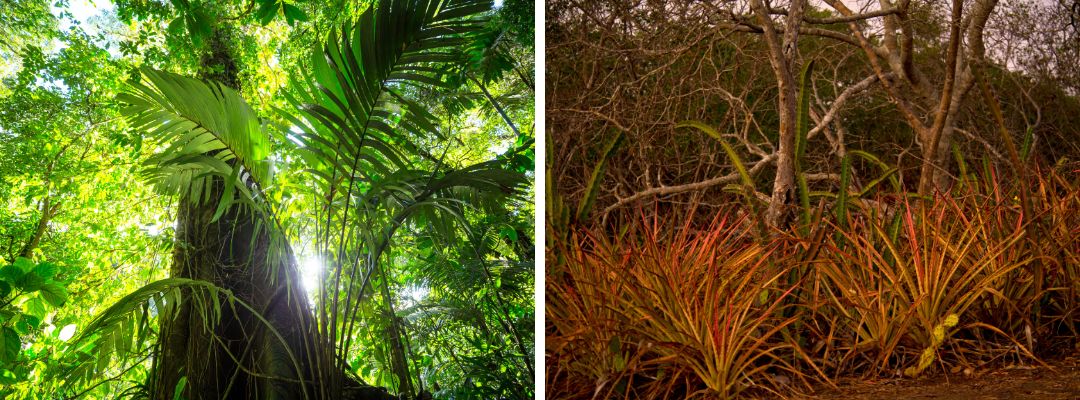
Pacific Coast: Features a mix of ecosystems, including transition forests and protected areas like Manuel Antonio National Park. Known for its rich biodiversity, the Pacific offers opportunities to see a variety of wildlife, including scarlet macaws, iguanas, and dolphins.
The Pacific coast’s diverse habitats, from mangroves to dry forests, make it an excellent destination for nature lovers and wildlife enthusiasts.
Tourism Development
Caribbean Coast: More remote and less commercialized, this area focuses on eco-tourism centered around nature and wildlife experiences.
Limón serves as a central hub for tourism distribution, providing access to lesser-known attractions. The Caribbean coast’s commitment to sustainable tourism practices ensures that visitors can enjoy its natural beauty while minimizing their impact on the environment.
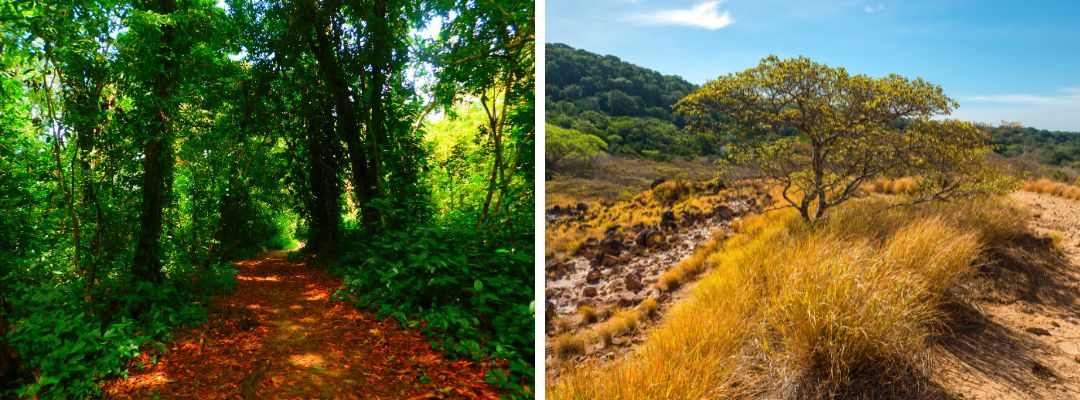
Pacific Coast: Highly developed, with luxury resorts and extensive tourist infrastructure, especially in Guanacaste. Popular beach towns like Tamarindo and Jacó cater to a wide range of tourists, offering numerous amenities and activities.
The Pacific coast’s well-established tourism industry makes it easy for visitors to find accommodations, dining, and adventure options that suit their preferences.
Accessibility in the Costa Rican Pacific and the Caribbean Coasts
Caribbean Coast: Often accessed via waterways, particularly to remote areas like Tortuguero or Barra del Colorado, which can be less convenient for travelers.
In the rainy season, roads can be slow due to natural issues such as floods and landslides, making travel more challenging. However, the journey often leads to hidden gems and stunning landscapes that are well worth the effort.
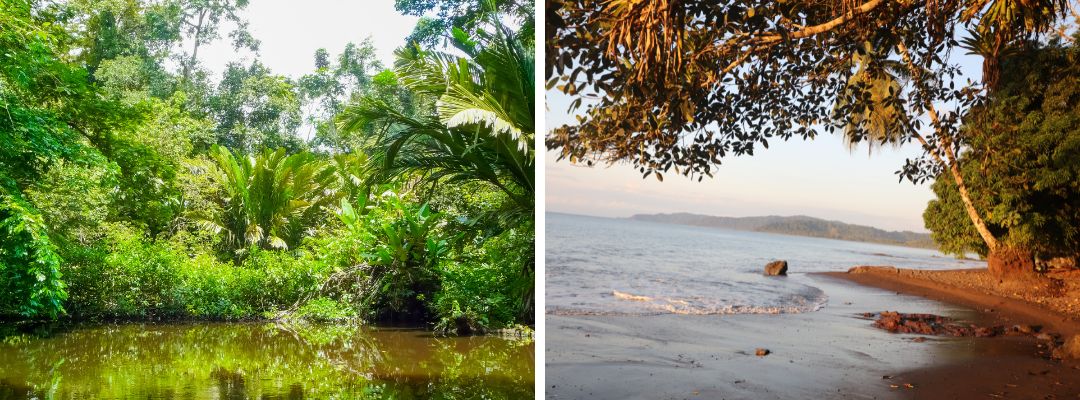
Pacific Coast: Well-connected with major roads and the Daniel Oduber International Airport, making it more accessible for international tourists.
The infrastructure supports easy travel to popular destinations, allowing visitors to explore the coast’s many attractions with ease. The Pacific coast’s accessibility makes it a favored choice for families and groups looking for convenience.
Climate onthe Costa Rican Pacific and the Caribbean Coasts
Caribbean Coast: Generally more humid and rainy, contributing to its lush vegetation and vibrant ecosystems. The consistent rainfall supports a rich variety of plant and animal life. The Caribbean coast’s climate is ideal for those who enjoy a tropical atmosphere and the vibrant flora that comes with it.
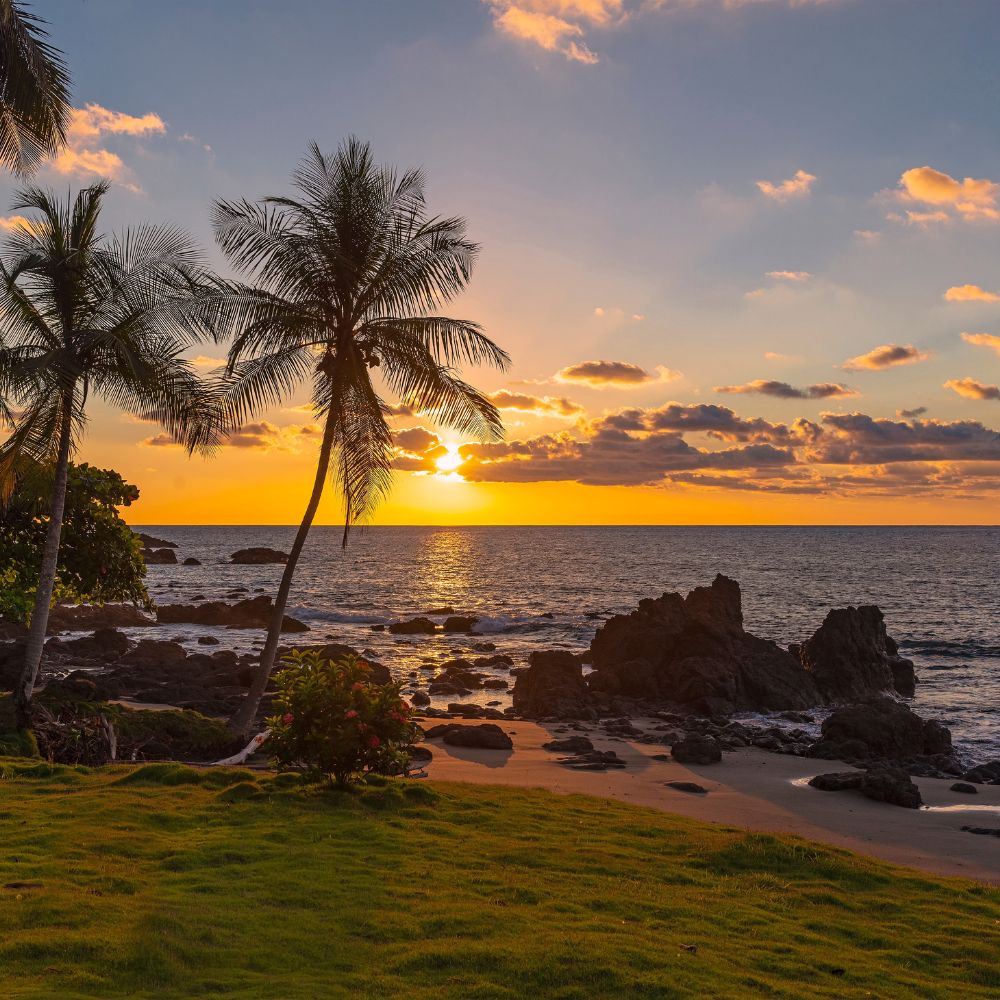
Pacific Coast: Experiences a drier climate, particularly in Guanacaste, leading to a different type of flora and fauna. The dry season attracts many visitors seeking sunny beach days, making it an excellent choice for sunbathers and outdoor enthusiasts. The Pacific coast’s climate is perfect for those who prefer warm, dry weather for their beach activities.
Distances from Major Airports
From San José (SJO):
– North Pacific (e.g., Tamarindo): approximately 4-5 hours (270 km/168 miles)
– Central Pacific (e.g., Jacó): approximately 1.5-2 hours (100 km/62 miles)
Caribbean Coast (e.g., Puerto Viejo): approximately 4-5 hours (230 km/143 miles)
From Liberia (LIR):
– North Pacific (e.g., Tamarindo): approximately 1-1.5 hours (70 km/43 miles)
Central Pacific (e.g., Jacó): approximately 2.5-3 hours (150 km/93 miles)
Caribbean Coast (e.g., Puerto Viejo): Approximately 5-6 hours (350 km/ 217 miles)
Similarities Between the Coasts
Natural Beauty: Both coasts boast stunning landscapes, from pristine beaches to rich forests, offering breathtaking views and natural attractions that captivate visitors. Whether you prefer the lush greenery of the Caribbean or the golden sands of the Pacific, both coasts provide unforgettable scenery.
Adventure Activities: Each region provides ample opportunities for adventure, including surfing, snorkeling, hiking, and wildlife tours, appealing to thrill-seekers and nature lovers alike. From the vibrant coral reefs of the Caribbean to the powerful waves of the Pacific, both coasts cater to adventurous spirits.
Ecotourism Focus: Both coasts emphasize sustainable tourism practices, with many local businesses dedicated to preserving the environment while providing unique experiences. This commitment to eco-tourism ensures that visitors can enjoy the natural beauty of Costa Rica responsibly.
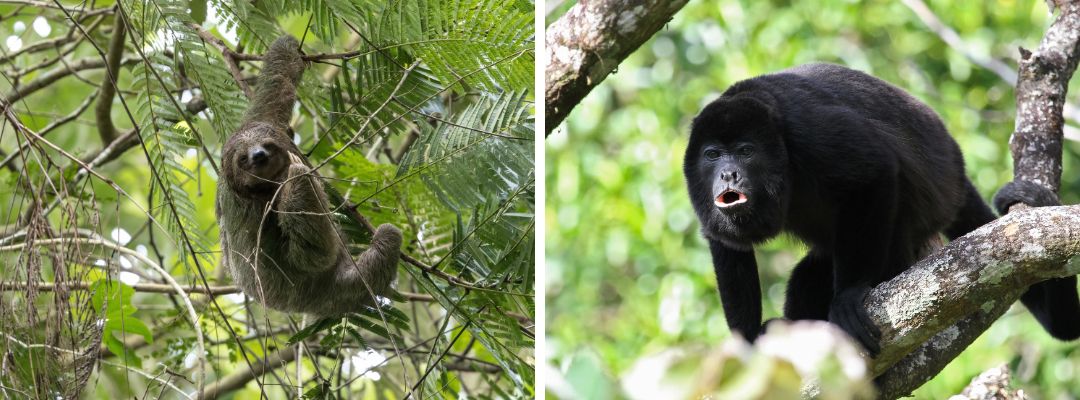
Observation: Each coast offers opportunities to observe diverse wildlife, although the types of species and their visibility may vary depending on the region. Whether you’re spotting howler monkeys in the Caribbean or colorful toucans in the Pacific, wildlife enthusiasts will find plenty to marvel at.
Rich Culinary Traditions: Both regions feature unique culinary offerings that reflect their cultural influences, with an emphasis on fresh seafood and local ingredients that delight the palate. From Caribbean-style rice and beans to Pacific ceviche, food lovers will find a variety of delicious options.
Cultural Festivals and Events: Both coasts celebrate their unique cultures through festivals, music, and dance, showcasing the vibrant heritage of Costa Rica. These events provide visitors with a chance to immerse themselves in local traditions and experience the warmth of Costa Rican hospitality.
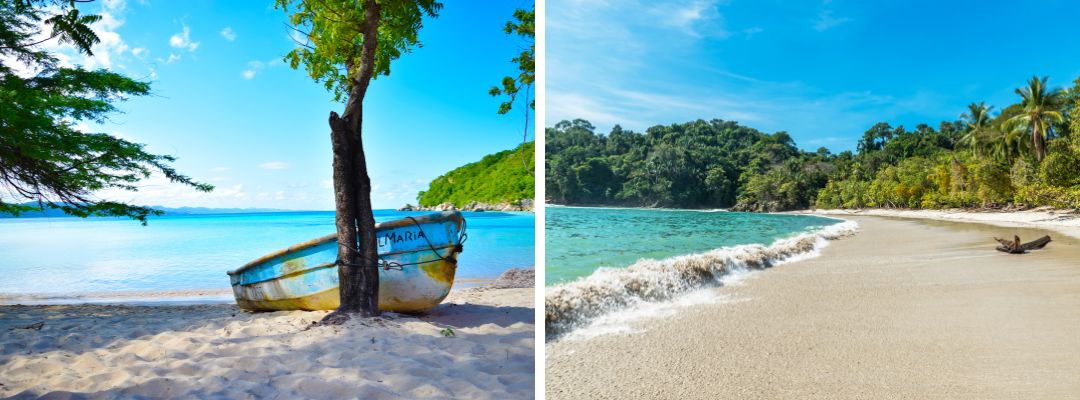
Conclusion: Pacific or Caribbean Coast? Which is better?
In conclusion, the choice between the Pacific or Caribbean coast in Costa Rica ultimately depends on your preferences and what you seek in your travel experience. The Caribbean offers a wilder, more remote atmosphere with easy wildlife viewing and a rich Afro-Caribbean heritage, perfect for those looking to connect with nature and culture. On the other hand, the Pacific is more developed and accessible, featuring luxurious resorts, a variety of adventure activities, and vibrant nightlife.
Whether you’re drawn to the vibrant towns along the Caribbean or the sun-kissed beaches of the Pacific, both coasts promise an adventure of a lifetime.
If you need guidance on the best local tour operators in Costa Rica, I can help point you in the right direction to ensure you have the best experience possible. Enjoy your adventure in this beautiful paradise, and remember that whether you choose the Pacific or Caribbean Coast, you are in for an unforgettable journey.
Reference:
Saenz, O. (2024). Costa Rica’s Differences Between the Caribbean and Pacific Coasts. [online] Epic Adventures Costa Rica. Available at: https://epicadventurescr.com/costa-ricas-differences-between-the-caribbean-and-Pacific-coasts/ [Accessed 5 Nov. 2024].
